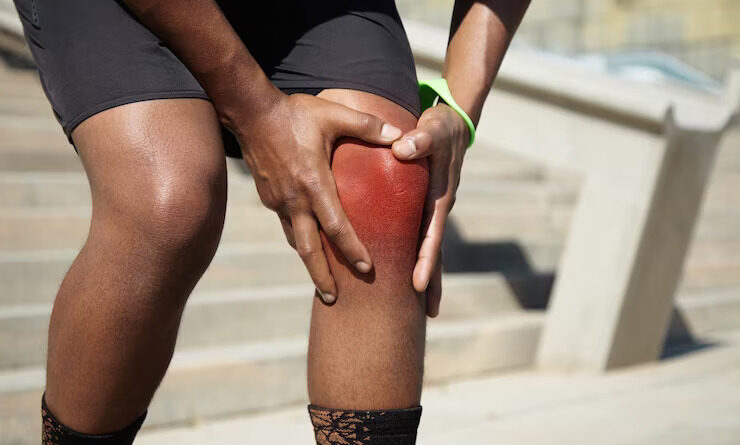Preparing for Physical Therapy After Joint Replacement Surgery
Joint replacement surgery gives relief from excruciating pain and helps improve mobility. Your ortho doctor will suggest physical therapy after joint replacement surgery. Read on to understand more about the benefits of physical therapy after joint replacement surgery.
When Can You Start Physical Therapy After Joint Replacement Surgery?
Your ortho doctor will ask you to undergo physical therapy right after joint replacement surgery. A physical therapist will assess you before recommending exercises you would need. Physical therapy aims to help you recover from the surgery.
How Will a Physical Therapist Help You After Surgery?
Your physical therapist will help you in the following ways after surgery:
- Teach you how to apply ice and use compression to reduce swelling
- Help you with healing your incision
- Teach you breathing exercises to calm your nerves
- Teach you how to get in and out of bed safely
- Show you how to walk with a walker or crutches as necessary
- Help you do flexibility and strengthening exercises
Preparing You for Physical Exercises
Your physical therapist will help you perform different exercises during the recovery period. They will help you perform the following exercises:
● Range-of-Motion Exercises
Swelling and pain after joint replacement surgery are common and limit your mobility. Your physical therapist will teach you safe exercises to restore your range of motion. It will ensure you can perform your daily activities with ease.
● Strengthening Exercises
You might experience weakness in your muscles after joint replacement surgery. You will have to walk with support, to begin with. Your physical therapist will determine the appropriate strengthening exercise for you to ensure that you regain the strength and wean you away from crutches or walkers.
● Body Awareness and Balance Training
Specialised training exercises help your muscles respond to changes like uneven surfaces for walking. Once you can put your full body weight on your joints without experiencing pain, your physical therapist will make you perform agility exercises like turning and changing directions while walking or making quick movements. Your physical therapist will also make you perform various activities with the help of a balance board to improve your balance.
● Functional Training
Once your joint pain gets alleviated, your physical therapist will encourage you to get back to activities so that you do not lose mobility. It can be anything from bending down to crossing a crowded street. Your functional training regimen will be determined according to your physical therapist’s physical examination of your joints, your goals, your activity levels, and your overall health.
● Activity-Specific Training
Depending on your job or the sport you play, you might require extra rehabilitation. Your physical therapist will work with you to develop an individualised rehabilitation plan according to your requirements.
What Will Happen If You Don’t Undergo Physical Therapy After Joint Replacement Surgery?
If you avoid the exercise regimen prepared by your physical therapist, it will affect the recovery and healing process. Your physical therapist will teach you exercises and postures and perform manual therapy and other effective methods to increase the strength of your joints.
If you don’t undergo physical therapy, you will end up reversing the benefits of joint replacement surgery, and the following adverse effects might occur:
● Weak Muscles
If you don’t exercise, the muscles in your joint will become weak. The risk of muscle atrophy increases when you don’t use your muscles consistently.
● Lack of Mobility
When you don’t stay physically active after surgery, you will end up limiting the mobility of your muscles. Physical exercises will ensure that your muscles and joints become stronger and more flexible.
● Reduced Blood Flow
A lack of exercise will lead to decreased blood stimulation to the joints. As a result, the new joints will not function as smoothly as expected. It will disrupt the healing process. Less blood flow to the joints may create the need for revision surgery.
While physical exercise is necessary after undergoing joint replacement surgery, overdoing it can lead to negative results. Therefore, you should undergo physical therapy and perform physical activities according to the recommendations of a medical professional.
Final Words
Joint replacement surgery is a boon and lets you perform your daily chores without any pain or stress. But you must take physical therapy according to your surgeon’s recommendation for a speedy recovery. Visit the ortho doctors at a reputed hospital for the best treatment with a proper physical therapy routine.
Read more health blogs about:
Know More About Our Advanced Digital Orthopedics Suite for Hip and Knee Joint Surgery




